Stiffness matters for nanomedicine
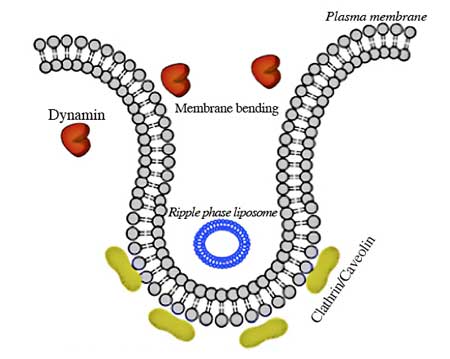 Nanomedicine entry into cancer cells can be tuned by modulating the stiffness of the plasma membrane.
Nanomedicine entry into cancer cells can be tuned by modulating the stiffness of the plasma membrane.
Feb 22nd, 2018
Read more
 Nanomedicine entry into cancer cells can be tuned by modulating the stiffness of the plasma membrane.
Nanomedicine entry into cancer cells can be tuned by modulating the stiffness of the plasma membrane.
Feb 22nd, 2018
Read more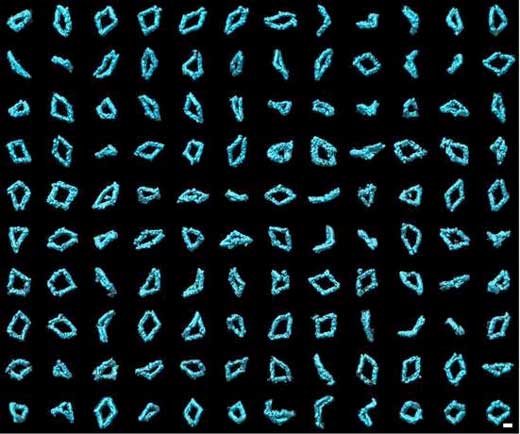 Researchers generate first images of 129 DNA structures.
Researchers generate first images of 129 DNA structures.
Feb 22nd, 2018
Read more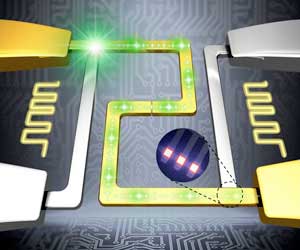 A transducer that converts electrical signals directly into surface plasmons could allow rapid data transfer and link photonic devices to electronics.
A transducer that converts electrical signals directly into surface plasmons could allow rapid data transfer and link photonic devices to electronics.
Feb 22nd, 2018
Read more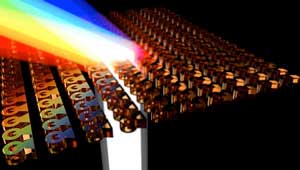 Nanostructured thin-films that can bend light by large angles could be a replacement for bulky glass optical components.
Nanostructured thin-films that can bend light by large angles could be a replacement for bulky glass optical components.
Feb 22nd, 2018
Read more Using a new materials-based approach yields a smaller, higher-performing alternative to the classic design.
Using a new materials-based approach yields a smaller, higher-performing alternative to the classic design.
Feb 21st, 2018
Read more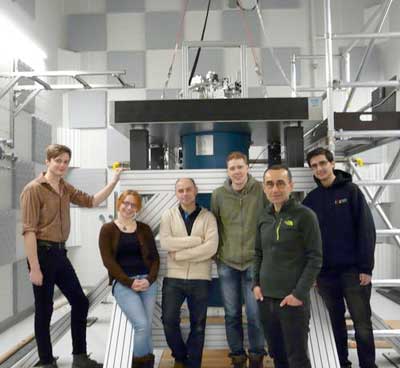 A new technique that brings magnetic resonance imaging to the nanometer scale with unprecedented resolution will open the door for major advances in understanding new materials, virus particles and proteins that cause diseases like Parkinson's and Alzheimer's.
A new technique that brings magnetic resonance imaging to the nanometer scale with unprecedented resolution will open the door for major advances in understanding new materials, virus particles and proteins that cause diseases like Parkinson's and Alzheimer's.
Feb 21st, 2018
Read more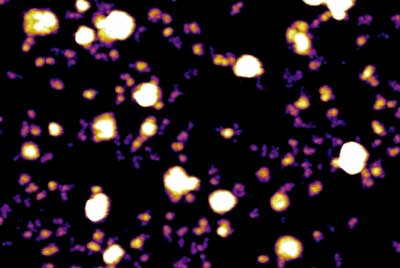 A new cellular messenger discovered by scientists may help reveal how cancer cells co-opt the body's intercellular delivery service to spread to new locations in the body.
A new cellular messenger discovered by scientists may help reveal how cancer cells co-opt the body's intercellular delivery service to spread to new locations in the body.
Feb 21st, 2018
Read more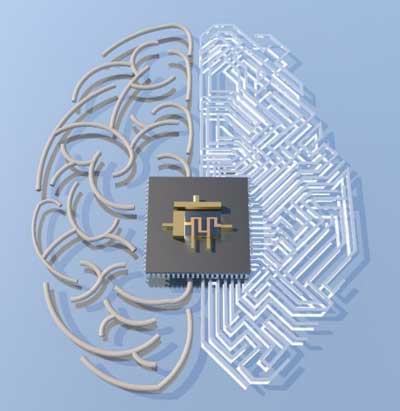 Combined memristor and transistor can process information and store memory with one device.
Combined memristor and transistor can process information and store memory with one device.
Feb 21st, 2018
Read more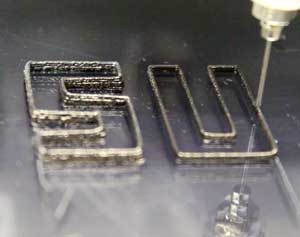 Molecular technique holds potential to make chemistry greener and more precise.
Molecular technique holds potential to make chemistry greener and more precise.
Feb 21st, 2018
Read more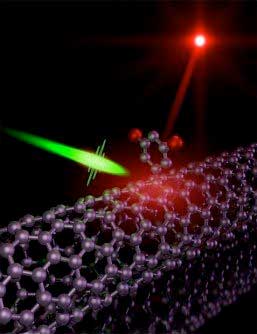 First known material capable of emitting single photons at room temperature and telecom wavelengths.
First known material capable of emitting single photons at room temperature and telecom wavelengths.
Feb 21st, 2018
Read more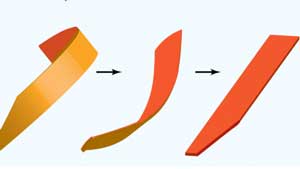 Scientists may have come a step closer to innovating soft robots to care for people. Its material, however, is something you may have never expected.
Scientists may have come a step closer to innovating soft robots to care for people. Its material, however, is something you may have never expected.
Feb 21st, 2018
Read more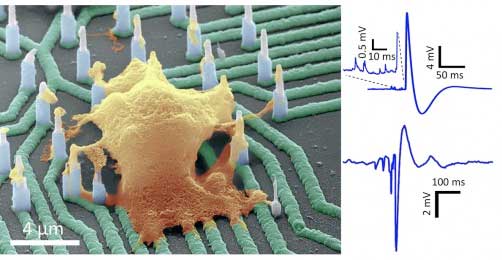 Engineers develop wires that penetrate neurons and measure their activity.
Engineers develop wires that penetrate neurons and measure their activity.
Feb 21st, 2018
Read more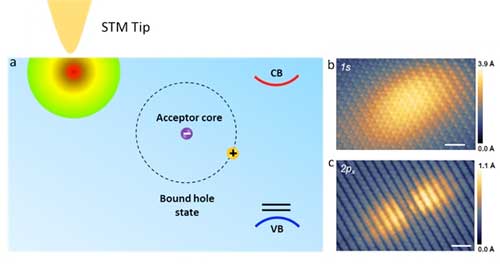 Chemists have discovered that the bound states of 'holes' in black phosphorus changes from an extended ellipse into a dumbbell shape when it is electrically excited, providing new insights for its use in next generation electronic devices.
Chemists have discovered that the bound states of 'holes' in black phosphorus changes from an extended ellipse into a dumbbell shape when it is electrically excited, providing new insights for its use in next generation electronic devices.
Feb 21st, 2018
Read more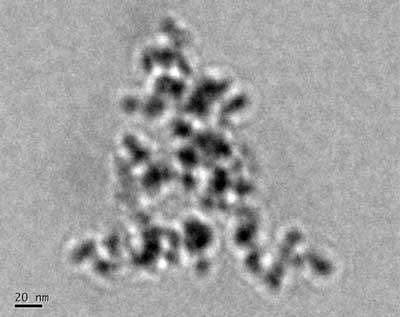 Food scientists have developed polystyrene coated magnetic nanoparticles which allow rapid screening of trace amounts of pesticide residue in vegetable crops.
Food scientists have developed polystyrene coated magnetic nanoparticles which allow rapid screening of trace amounts of pesticide residue in vegetable crops.
Feb 21st, 2018
Read more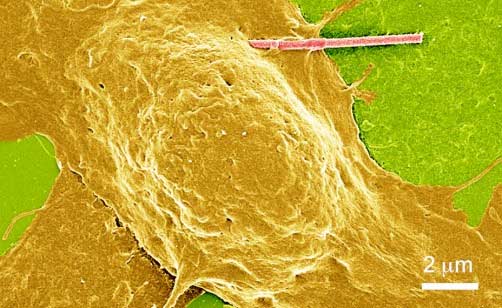 A new study offers a new avenue to shed light on - and perhaps someday treat - brain disorders.
A new study offers a new avenue to shed light on - and perhaps someday treat - brain disorders.
Feb 21st, 2018
Read more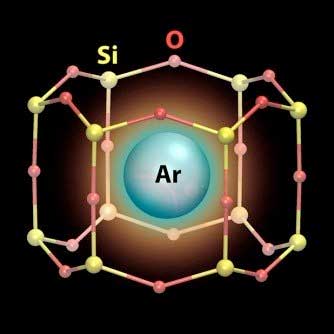 Tiny cages can trap and release inert argon gas atoms, allowing their further study and providing a new way to capture rare gases.
Tiny cages can trap and release inert argon gas atoms, allowing their further study and providing a new way to capture rare gases.
Feb 21st, 2018
Read more